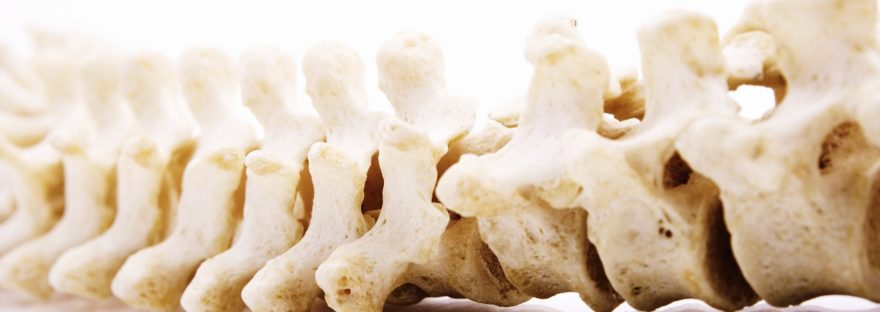
During pregnancy, your abdominal muscles stretch to accommodate your growing baby, which causes your core in general to weaken. Combine this with the demands of carrying your new bundle of joy and you become more at risk for back pain and injuries as your muscles are working overtime to support your spine.
Consider the fact that parents may be lifting a 7-10 pound baby 50 times a day! By 12 months your baby weighs approximately 17 pounds, and at 2 years, that child has become a 25-30 pound toddler.
Here are some simple tips to avoid injury while still enjoying every moment with your little one…
1. Lifting
When picking up your child, stand with your feet at least shoulder width apart. Keep your back in a neutral position – you should have a curve in your low back inward towards your bellybutton – and bend your knees. Bring your baby as close to your chest as possible, and then lift using both arms straightening your legs.
2. Carrying
When carrying your baby be sure to pivot your whole body with your feet rather than twisting your back. This will ensure that you’re turning with your hips and reduce the risk of back pain. Lower your child into the crib or floor by bending at your knees not at your hips.

3. Holding Your Baby
Hold your child in an upright position, directly against your chest. Carrying them on one hip or the other creates postural imbalances that can lead to aches and pains over time. Always make sure to support your baby with both hands and be conscious about their ability to hold their head up. Keeping your baby close to your chest will give support to their head and neck.
4. Feeding Your Baby
 Always sit in a chair that has a good back support and avoid leaning forward to reach your newborn’s mouth. Instead, use pillows to support your baby and position them closer to you so you can remain in an upright supported position and not lean in to them too much.
Always sit in a chair that has a good back support and avoid leaning forward to reach your newborn’s mouth. Instead, use pillows to support your baby and position them closer to you so you can remain in an upright supported position and not lean in to them too much.
If bottle feeding or nursing, use a nursing pillow to provide support for your arms while holding your baby.
5. Exercises

Exercises to strengthen your core can help to minimize the risk of back pain after having your little one. If you are a post-partum mom, make sure your midwife or OB clears you for physical activity before beginning any exercising. Another consideration is if you had Diastasis Rectii (splitting of your abdominal muscles) during pregnancy. This must be rehabilitated prior to beginning standard core exercises or you risk making the condition worse.
As a chiropractor, I see a lot of pregnant and postpartum women and parents that are sore from the new demands on their bodies. Chiropractic care can help you both during your pregnancy and after baby arrives to stay on your toes and feel great so you can enjoy every moment.
If you are pregnant or are postpartum, contact Stonetown Chiropractic and Wellness Centre to see the many different ways we can help you feel your best.
Written in part by Dr. Lindsay Drew adapted from The Ontario Chiropractic Association





 The number one question I get asked when first treating a patient with sciatica is “how long is it going to take for this pain to go away?”. The great news is that sciatica tends to be self-limiting condition. The vast majority of cases usually resolve within a matter of a few weeks to a month. After the initial phase of care complete and the intense pain has decreased, I usually encourage patients to begin a program of exercises designed to help strengthen spinal muscles, improve core strength, and increase spinal mobility. To help prevent future recurrences, a thorough overview and correction of ergonomic and lifestyle factors (ex. workplace activities, posture, physical activity) which may have contributed to the sciatica developing is also highly recommended.
The number one question I get asked when first treating a patient with sciatica is “how long is it going to take for this pain to go away?”. The great news is that sciatica tends to be self-limiting condition. The vast majority of cases usually resolve within a matter of a few weeks to a month. After the initial phase of care complete and the intense pain has decreased, I usually encourage patients to begin a program of exercises designed to help strengthen spinal muscles, improve core strength, and increase spinal mobility. To help prevent future recurrences, a thorough overview and correction of ergonomic and lifestyle factors (ex. workplace activities, posture, physical activity) which may have contributed to the sciatica developing is also highly recommended.
